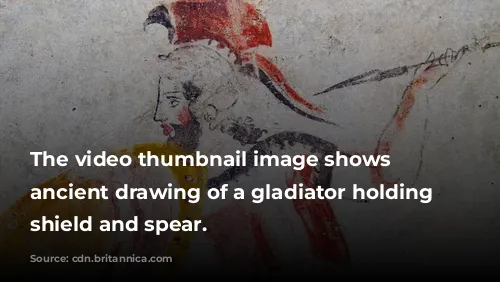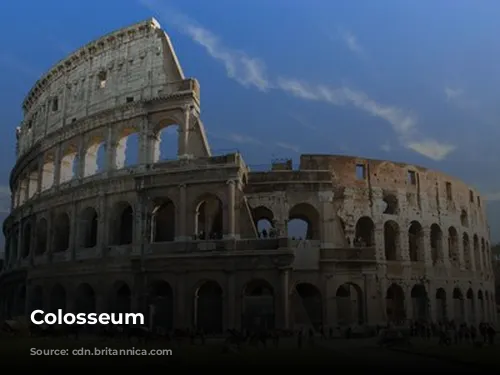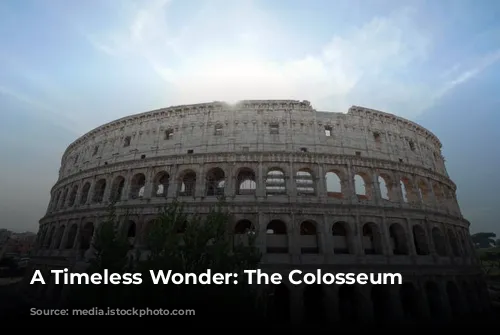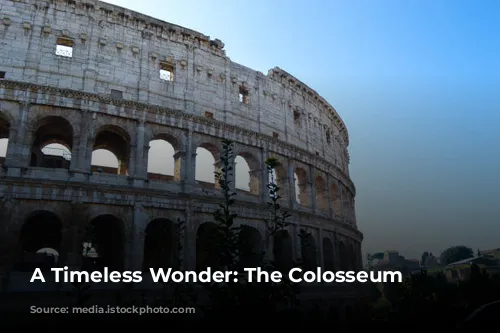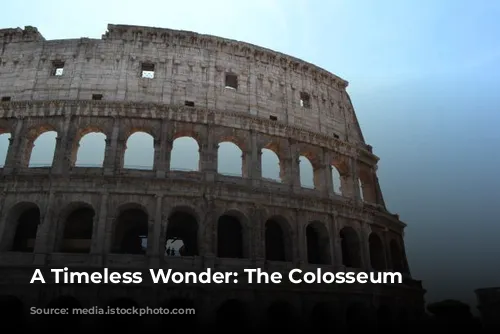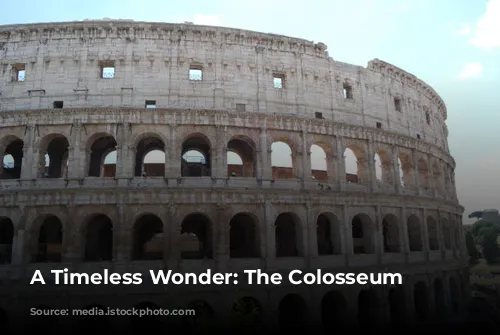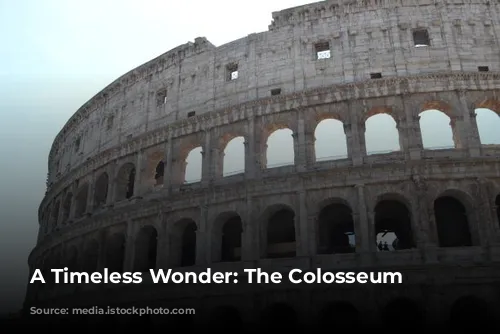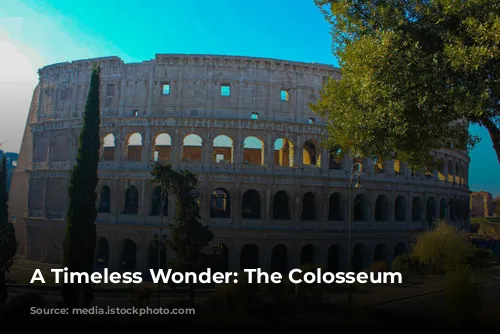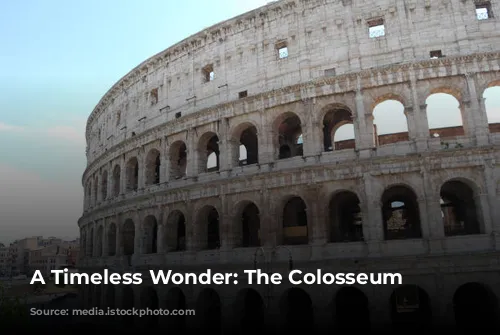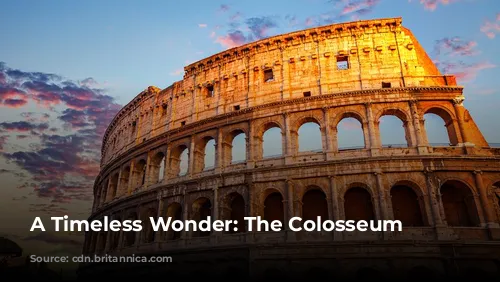The Colosseum, standing proudly in the heart of Rome, is more than just a historical landmark. It’s a testament to the extraordinary architectural and engineering skills of the ancient Romans. Today, it serves as a major tourist attraction, drawing millions of visitors every year and generating significant revenue for Italy. In 2018 alone, the Colosseum, Roman Forum, and Palatine Hill together raked in over $63.3 million (€53.8 million), making it Italy’s top-earning tourist destination.
The Colosseum’s rich history reflects both its magnificence and its resilience. After the fall of the Western Roman Empire, the arena fell into disrepair, becoming a fortress for powerful families and even a quarry. For over a thousand years, it endured neglect until restoration efforts, funded by the state, began in the 1990s.
A Symbol of Power and Entertainment
The Colosseum’s construction, begun under Emperor Vespasian, was part of a larger imperial effort to revitalize Rome after the tumultuous year of the four emperors. Inspired by other amphitheaters, Vespasian envisioned the Colosseum as a grand entertainment venue, hosting gladiatorial contests, animal hunts, and even mock naval battles.
The structure, completed by Vespasian’s son, Emperor Titus, in 80 CE, stands as a testament to Roman ambition. Its fourth story, added by Emperor Domitian in 82 CE, further enhanced its grandeur. The Colosseum’s construction was financed with the spoils from Titus’s conquest of Jerusalem, a grim reminder of the empire’s expansion and the harsh realities of life under its rule.
A Monument of Engineering and Architecture
The Colosseum, also known as the Flavian Amphitheatre, is an impressive elliptical structure, standing four stories tall and constructed of stone, concrete, and tuff. It spans an impressive 620 by 513 feet (189 by 156 meters) and could accommodate up to 50,000 spectators. Its use as a venue for gladiatorial combat cemented its place in history.
A Legacy of Power and Resilience
The Colosseum’s location east of the Palatine Hill, on the grounds of Nero’s Golden House, was a deliberate and symbolic choice. Vespasian, a humble emperor compared to his tyrannical predecessor, replaced Nero’s private lake with a public amphitheater, demonstrating his commitment to the Roman people and their entertainment.
The Colosseum’s construction showcased Roman ingenuity. Unlike earlier amphitheaters carved into hillsides for support, the Colosseum was a freestanding structure, using a complex system of barrel vaults and groin vaults. The Colosseum’s design, with its three stories of arcades and engaged columns in Doric, Ionic, and Corinthian orders, inspired the Renaissance codified assemblage of orders.
A Witness to History and Spectacle
The Colosseum’s design incorporated a massive retractable awning, the velarium, to protect spectators from the sun. Supported by masts extending from corbels on the top story, the velarium was manipulated by hundreds of Roman sailors. This intricate system showcased the Romans’ practical approach to large-scale engineering.
The arena witnessed countless spectacles: gladiator combat, contests between men and animals, and even mock naval battles. While the Colosseum’s role in the martyrdom of early Christians remains uncertain, its historical significance as a venue for entertainment and imperial power is undeniable.
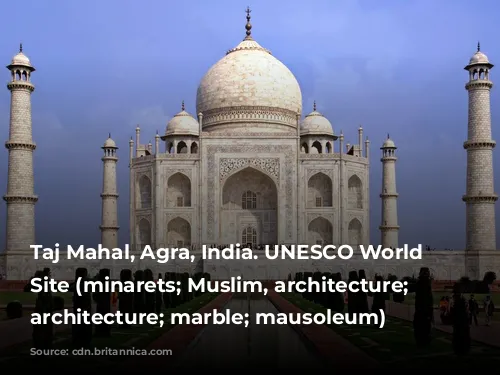
A Testament to Time and Enduring Appeal
The Colosseum’s history is a journey through time. After its glory days, it was repurposed as a church and a fortress, before suffering damage from lightning, earthquakes, vandalism, and pollution. However, the Colosseum’s resilience was not extinguished. In the 19th century, preservation efforts began in earnest, culminating in a major restoration project in the 1990s.
Today, the Colosseum, standing tall as a symbol of Rome’s past, continues to attract millions of visitors from around the world. It remains one of Rome’s most iconic landmarks, showcasing the city’s rich history and the enduring appeal of its ancient architecture.
